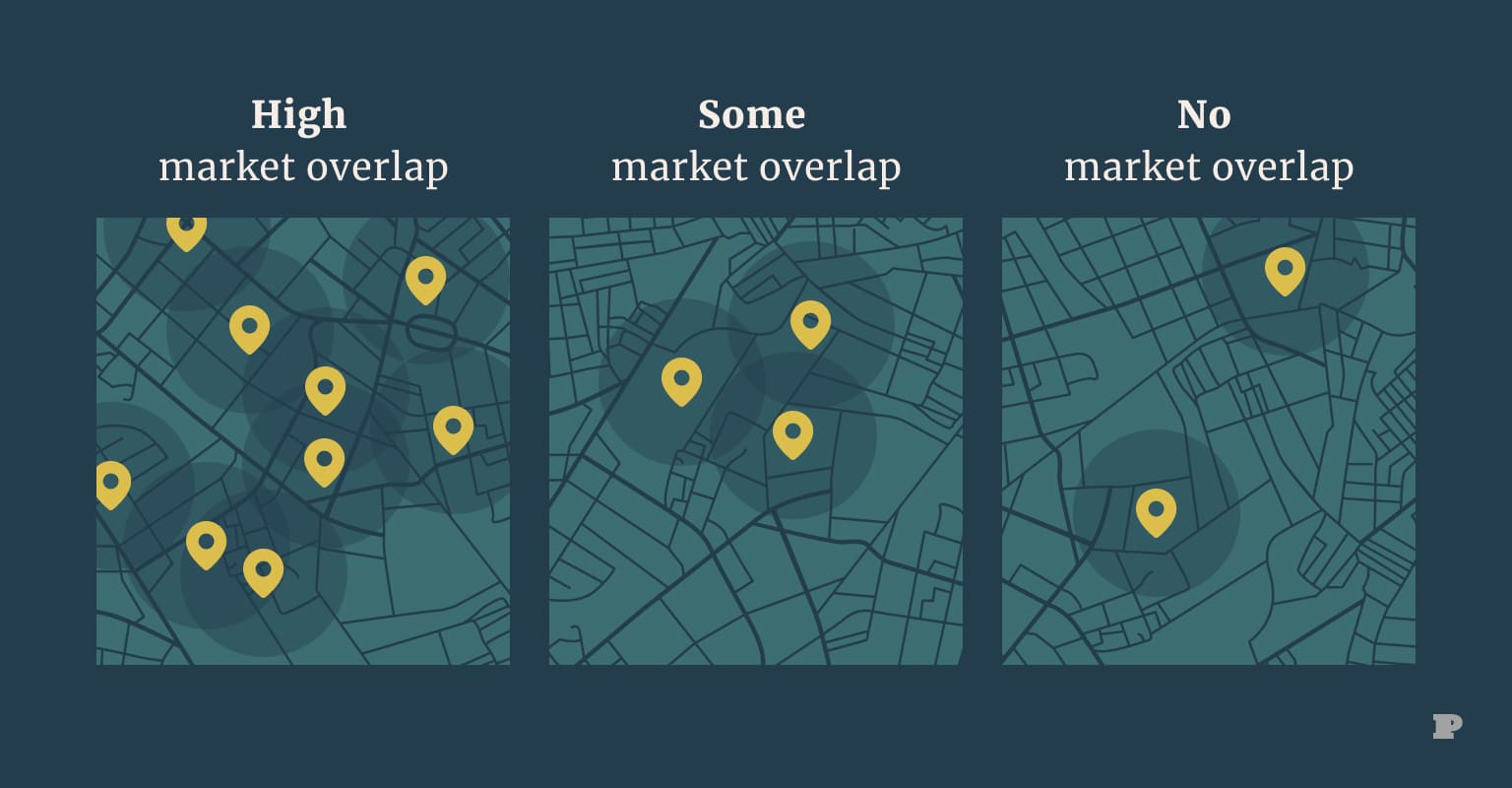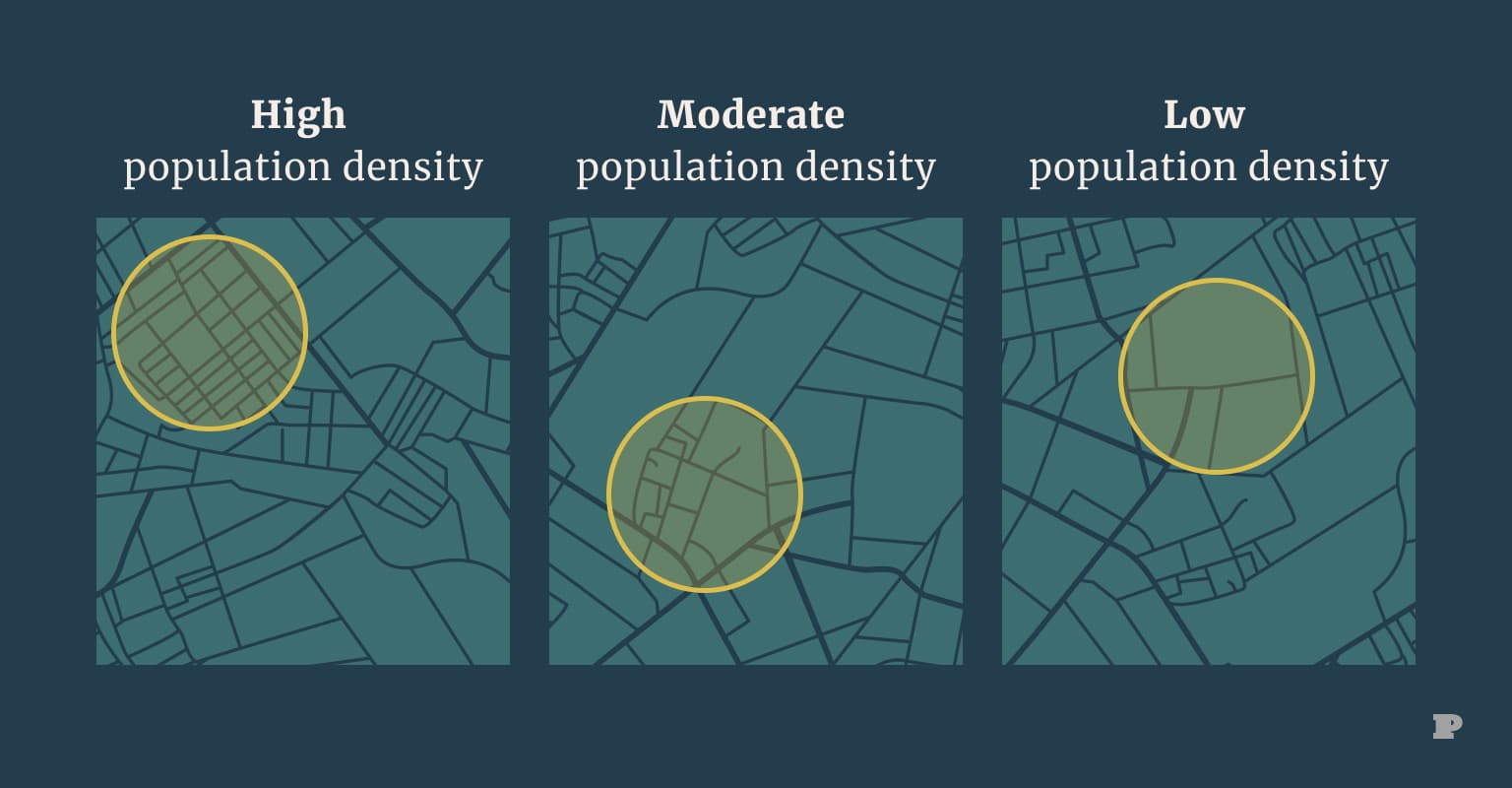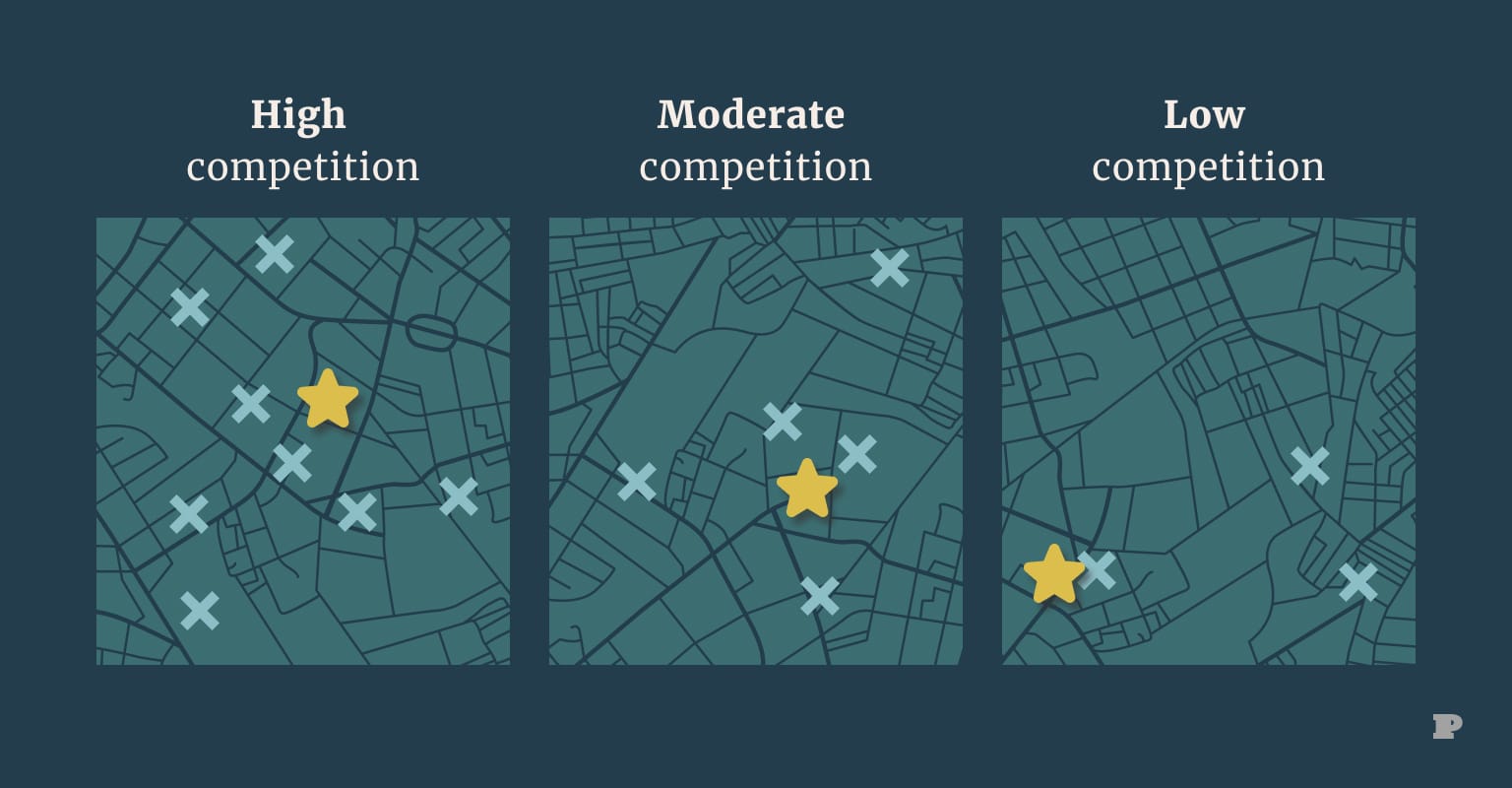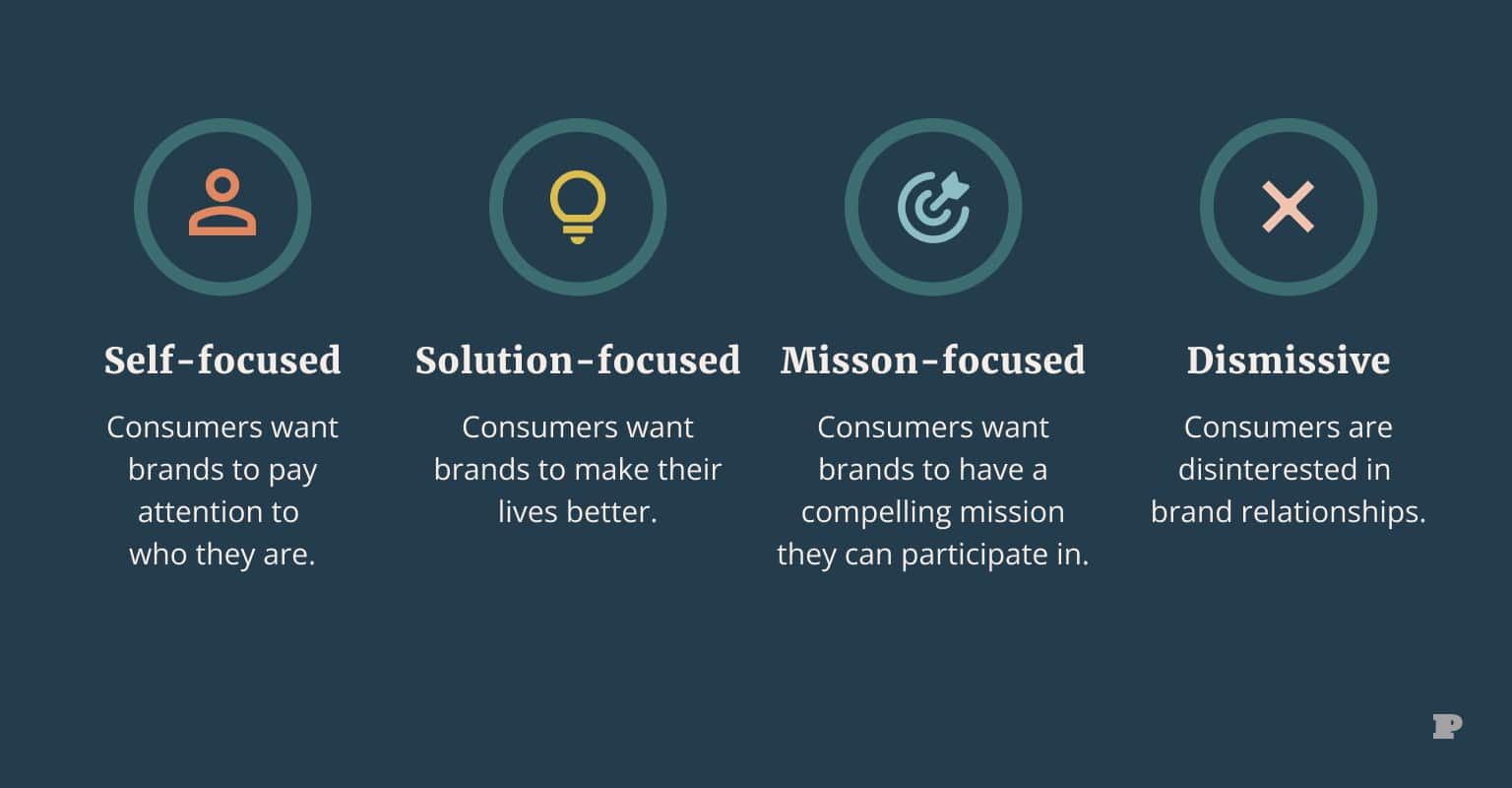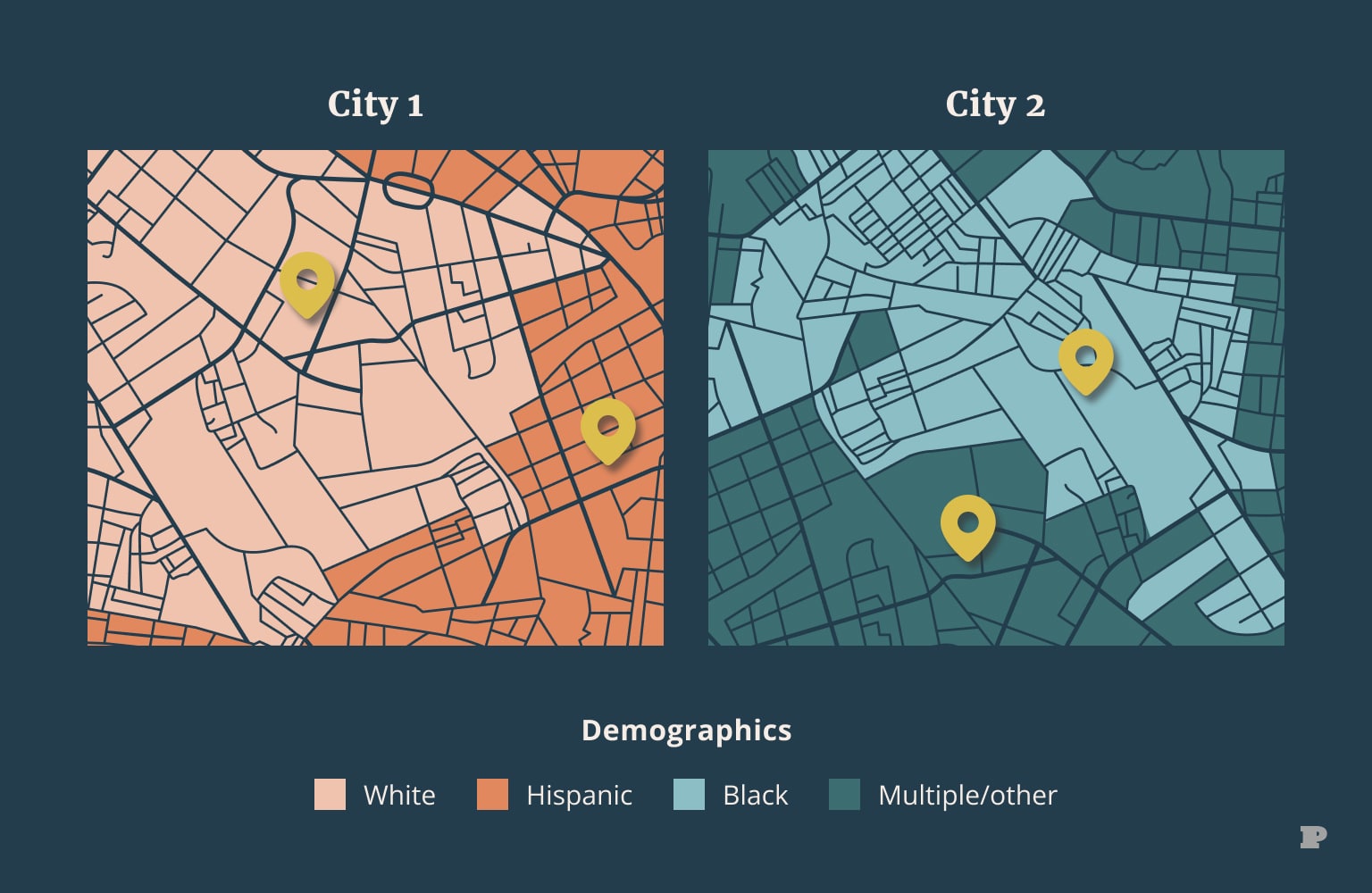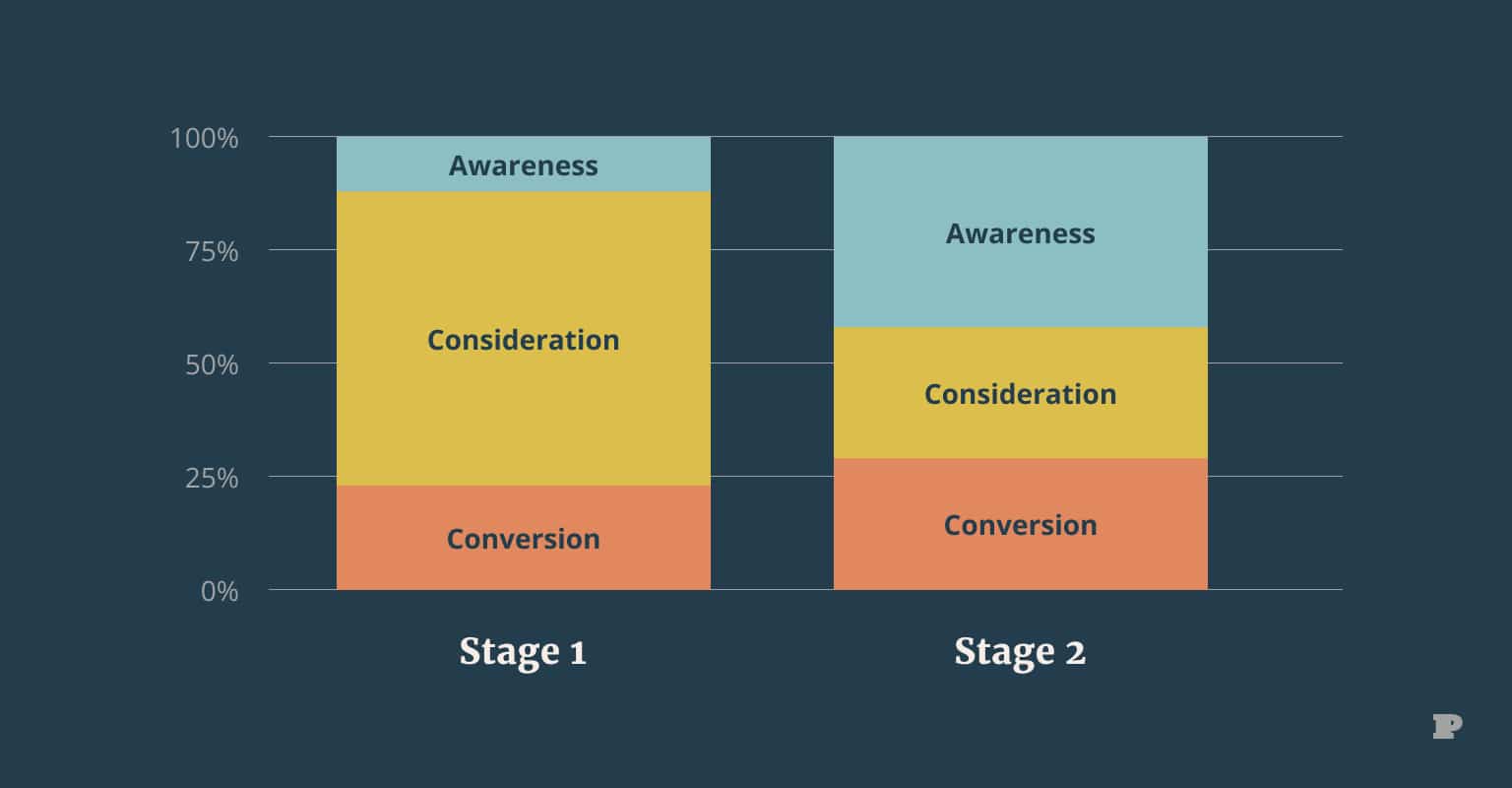Managing a multi-location health and wellness organization can be a tricky business. Rooms need to be filled, appointments need to be booked, and providers need to be busy. Balancing all of these demands simultaneously is a challenging exercise. Taking a “one size fits all” approach can be efficient, but you will likely leave opportunities on the table and fail to optimize for localized nuances. On the other hand, adopting a location-by-location approach can maximize the potential of each facility, but it may also prove challenging and demanding to manage.
Our experience has shown us that there is magic in a blended approach, where locations can be grouped by shared characteristics and customized based on localized factors to achieve the best performance. This playbook approach can help any multi-location health and wellness organization strike the perfect balance between efficiency and optimization to drive growth.
The Playbook Approach
Strategic marketing playbooks for every stage of growth
To drive the highest rate of growth, each location needs to be categorized based on its current dynamics as a starting point:
- Existing, lagging locations – these are established locations that are not realizing their full potential. In those circumstances, it is important to audit current performance to identify gaps to resolve, assess the local competitive dynamics, and implement a revitalization strategy. Lagging locations frequently share common challenges, so the revitalization strategy can be used repeatedly across the enterprise.
- Existing, mature locations – established, mature operations are the best-performing locations for many brands and should be looked to as growth drivers and inspiration for other locations. In this case, it is important not to rest on your laurels. Look for opportunities for brand reinforcement, loyalty and retention strategies and how to further expand your audience to get even more out of that location.
- Newly opened locations – these are your next generation of growth contributors and need to be successful out of the gate. To achieve this, we recommend a market analysis to consider how best to introduce your brand to this market and have a systematic program around new patient acquisition prior to opening.
- Newly acquired locations – for those that are considering growth by acquisition, newly acquired locations require a special touch. Like any new location, a market analysis should be conducted but you have the added responsibility of developing a brand transition to avoid losing existing traction while simultaneously creating a patient growth model to make the most of this newly acquired asset.
Your organization may not fit neatly into one of these four categories, but what is important is to start with a baseline that aligns with your overall business model.
Budget Allocation: A Strategic Consideration
After the initial playbooks are in place, additional considerations need to be evaluated, including budgetary planning and allocation across locations. Three main considerations come into play:
Existing vs. new market informs level of awareness
- Level of current brand awareness—New markets or lagging markets require more top-of-funnel awareness marketing activities to optimize performance, requiring more near-term investment, while locations adjacent to existing locations may require less investment as there could be some brand awareness that is currently present.
Larger population density requires higher investment levels
- Population density and geographic radius – larger markets proportionately require larger investments to reach their addressable market. But you must also consider the geographic radius for your business in that particular market. For some, a geographic radius may encompass 10, 20, or even 50 miles. For others, it may be less than a mile. These factors must be considered as part of the budgeting process.
More competition may require more incentives
- Competitive intensity—markets with deep, competitive penetration will require a higher investment to make an impact. Competitive intensity may influence more than just advertising budgets. Other considerations, like promotions and incentives, may also need reevaluation to maximize performance in these competitively dense areas.
Campaign Planning: Crafting the Perfect Approach
Marketing playbooks are incomplete without crafting the most optimal campaign strategy that accounts for localized nuances. While campaign planning is a tailored exercise, there are four primary factors to consider to craft the best approach for your organization:
Four segments emerged differentiated by needs
- Consumer motivations—We recently conducted a consumer research study with over 2,000 respondents, revealing four primary health and wellness segments, each with its own behaviors, motivations, and brand expectations. Knowing which segments make up your audience allows you to craft marketing campaigns and messages that resonate most with your target audience.
Demographic makeup of locations influences approach
- Demographics – the demographic makeup of each market requires cultural representation in advertising, language, and media execution. A generic ad campaign will get generic outcomes without appealing to the demographic uniqueness of specific locations in your footprint.
Household income of locations impacts how prospective audience responds to marketing
- Household income – income status can impact the focus of any advertising campaign. Lower-income regions may be more sensitive to pricing and offer-based ad content, while higher-income environments may be more responsive to amenities or other differentiating lifestyle factors.
A balanced budget will move more people through full journey
- Level of current brand awareness – brand awareness is not only a budget consideration, it also impacts campaign planning. Unaware populations will require brand-focused messaging and media placements (full-funnel approach), while promotional, offer-based, and conversion-focused messaging can be considered for aware populations (mid and lower-funnel approach).
Charting Success For Your Multi-Location Organization
Getting the most out of your multi-location health and wellness organization requires the optimal balance of efficiency and customization. In leveraging a playbook approach, your business will have a plan to grow all locations without overwhelming your team.
Interested in learning more about how a playbook approach can help your organization grow and thrive? Feel free to schedule a discovery call with our team here.


